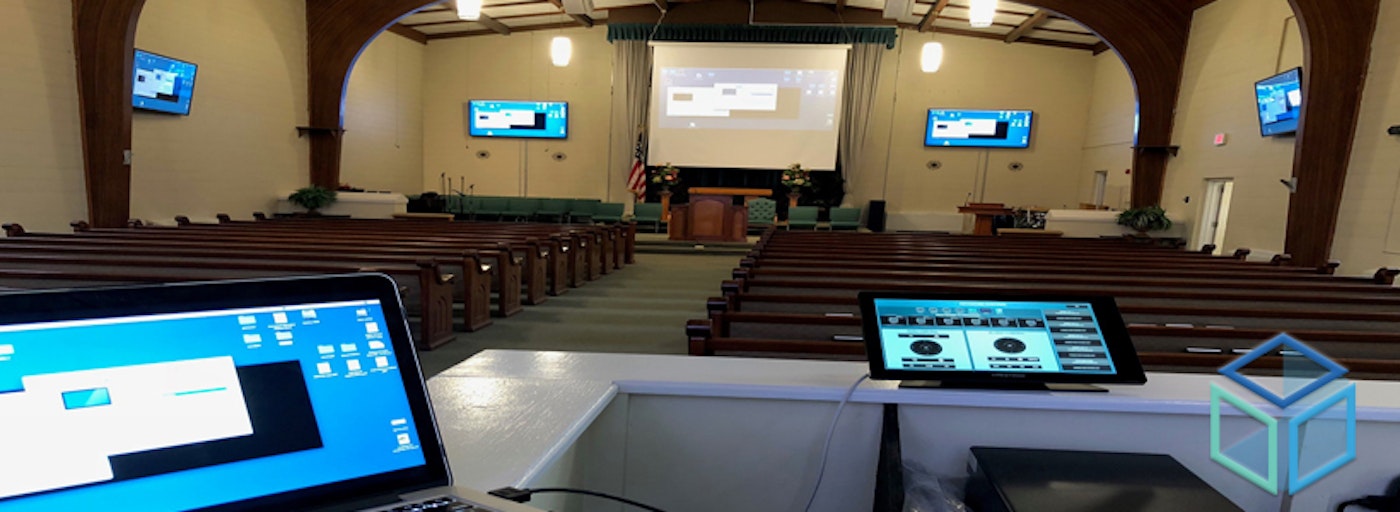The big conversation around the audiovisual world is the concept of integrating AV into the IT environment. IT has become exponentially more scalable, flexible and connected due in large part of software defined networking and the cloud. In addition to technological advancements in IT, there have been many advancements in audiovisual technologies in terms of flexibility, scalability and connectivity. Let’s look at several top trends of AV and IT convergence!
AV Room Automation
Information from social media, integrated electronics and sensors increasingly need artificial intelligence (AI) and machine learning to shed light on previously undiscovered insights for business processes and user guidance. AI is also being embedded in devices and facilities to automate the use of AV equipment (Crestron and AMX). Sensors indicate when and how many people enter a room. In addition, light levels and ambient settings adjust automatically as the facilities adapt in real time to the needs of meeting participants.
Mobile Sharing and Collaboration
With more information to share and faster timelines, the ever-present quest for productivity and collaboration is a top priority for organizations. AV and IT convergence acts as a catalyst for real time collaboration and increased productivity. Further advances in the technology landscape highlight some ways that IT and AV closely integrate and complement one another. This will help to better meet the changing needs of the working environment.
AV Presentation
High definition 4K is now the standard for screen resolution in the AV display world. There is an increasing availability of large displays and further innovative displays such as curved LED walls. Touch screens and wireless tablet controllers open up software interfaces with systems exploiting visual feeds using cameras and sensors. To elaborate, this convergence lets organizations understand and manipulate complex data to achieve desired outcomes.
Virtual Reality (VR) delivers an affordable presentation experience. VR platforms now range from cardboard headsets wrapping over mobile phones to high end immersive systems (HTC Vive and Oculus). Augmented Reality (AR) further blurs the physical and digital worlds, with applications from architectural visualization to supporting maintenance operations through animation. The integration and manipulation of data for these hybrid applications requires alignment between the skill-sets of AV and IT.
Conclusion
Just as mobile phones moved from simple telephony to be sophisticated Voice over IP (VoIP) systems on the IT network, AV has also evolved. Standalone audiovisual devices now give way to a sophisticated networked IT ecosystem. This convergence of AV and IT brings a plethora of possibilities, but also challenges. Professionals in these respective areas of technology now look to grow their understanding of one another’s field. AV and IT convergence is ushering in a new set of industry standards and guidelines for both disciplines!
For more information regarding AV and IT convergence, please contact one of our solutions specialists by going to www.yourstrategic.com/contact-us and fill out our contact form!
Share this Post

